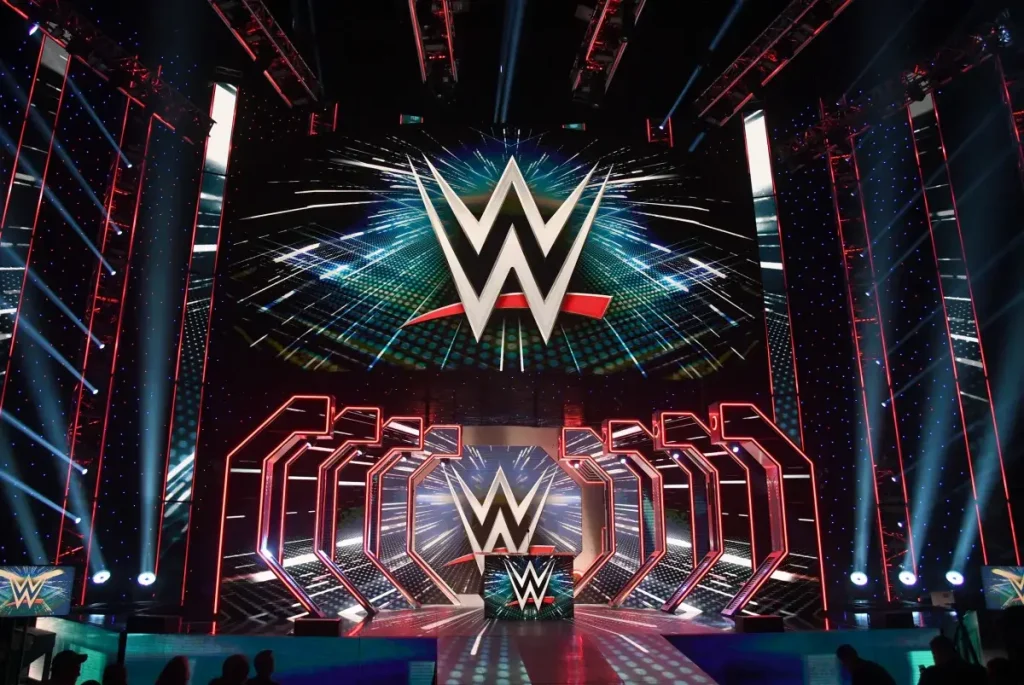Ryback’s Journey: From WWE Stardom to Retirement
In the high-flying, action-packed world of professional wrestling, few stars made as dramatic an impact in such a short time as Ryback. Bursting onto WWE’s main roster in 2012, the powerhouse performer quickly captured fans’ imagination with his infectious “Feed Me More” chants and impressive physical presence. Within months of his debut, this commanding figure was challenging CM Punk for the World Championship, showcasing his rapid rise through WWE’s competitive ranks. His subsequent years saw him locking horns with industry titans like John Cena and The Shield, while also engaging in a memorable feud with Mark Henry that culminated at WrestleMania 29. Ryback’s versatility was further demonstrated when he stepped into the role of a “Paul Heyman Guy” following CM Punk’s rivalry with Brock Lesnar. Perhaps one of his most significant achievements came in 2015 when he claimed victory in the first-ever Elimination Chamber match contested for the WWE Intercontinental Championship, cementing his place in wrestling history.
Before becoming the dominant force fans came to know, the man behind Ryback had already been building his wrestling foundation. Wrestling under the name Skip Sheffield, he was part of the notorious Nexus faction that took WWE by storm in 2010. Even earlier, the Ryback character had been developed in Ohio Valley Wrestling (OVW), where he achieved the prestigious honor of holding the Heavyweight Championship. This early career development helped forge the skills and persona that would later captivate audiences worldwide. Recently, at age 43, Ryback shared a nostalgic look back at his career through social media, posting a compilation ranking his top five Shell Shocks—the devastating finishing move that became his signature. This retrospective celebration of his in-ring accomplishments, however, came with a poignant message that suggested his days of professional competition may have reached their conclusion.
In his heartfelt Instagram message, Ryback addressed the wrestling community directly, thanking supporters while also confronting what he described as misinformation that has circulated since his departure from WWE. “From day one I walked out and I spoke the truth, and a lot of lies and misinformation were put out to try to take people who loved me and pit them against me to discredit my word,” he wrote, suggesting that his exit from the company had been accompanied by attempts to damage his reputation. The candid post revealed the physical toll his career had taken, specifically mentioning “two career-ending injuries” affecting his back and right shoulder—obstacles that would challenge even the most determined athlete’s ability to continue performing at the highest level of professional wrestling.
Despite these career-threatening injuries, Ryback detailed an impressive rehabilitation journey that showcases both modern medical advances and his personal determination. “I have been beyond blessed to have recovered my back with over 20 stem cell procedures in my back and shoulder, getting my back to 100%, and I continue to work vigorously on my right shoulder week in and week out,” he shared. This glimpse into his recovery process demonstrates the often-unseen struggles that professional wrestlers endure long after the cameras stop rolling. What makes his continued physical training particularly noteworthy is his clarification that it’s no longer aimed at a professional comeback. Instead, Ryback emphasized that his ongoing physical discipline serves a more fundamental purpose: “I do it for me and for my life. I don’t do it to go back to wrestling. I do it to live healthy and to live to the best of my ability.”
This distinction between training for competition versus training for quality of life represents a significant mental shift that many professional athletes struggle to make when faced with career-ending circumstances. Ryback expressed frustration that this aspect of his journey hasn’t been adequately covered, leading to continued speculation about his return to the ring. “That’s why to this day, thousands of times a day, people ask me when I’m coming back. I’ve continued to tell the truth, but many just don’t know it because the truth wasn’t being shared,” he explained. The disconnect between public perception and his personal reality highlights the challenges celebrities face when trying to communicate authentic life changes while battling competing narratives from various media sources and fan communities that may be resistant to accepting the conclusion of a beloved performer’s active career.
In what appears to be his final statement on his wrestling career, Ryback concluded his message with a declaration of personal victory that transcends in-ring accomplishments. “Just a reminder, I’ve won. Everything I’ve said has been true. I live with peace, happiness, and positivity, but I do not stand for bullshit, lies, misinformation, or disrespect from people who do not know me and have never met me. The truth always wins. Ryback always wins,” he asserted. This powerful conclusion reframes success beyond championships and televised victories, focusing instead on authentic living and personal integrity. As the former Intercontinental Champion seems to close the door on his wrestling career, he offers fans and fellow athletes alike a valuable perspective on what truly constitutes winning in the bigger picture of life. While his Shell Shocks and “Feed Me More” chants may now be relegated to highlight reels and fond memories, Ryback’s journey from WWE superstar to a man at peace with his new path provides a compelling epilogue to his professional wrestling story.


